- Replies 45
- Views 6.9k
- Created
- Last Reply
Top Posters In This Topic
-
Tim Waldo 25 posts
-
Mopar1973Man 15 posts
-
Tractorman 4 posts
-
LiveOak 1 post
Most Popular Posts
-
Observing soot at the end of the tailpipe is normal for this era of truck, especially if you have larger than stock injectors. Disconnect the compressor discharge plumbing from the turbo and inspect
-
Heater hose will work for the drain to block connection.
-
SO... new turbo installed, apparently (only a 100 miles in) I no longer am losing oil. A few things to note... NO ONE knows what the "w" is for on the HX35w, I"m calling it "W" for WING... because th




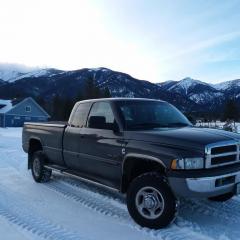

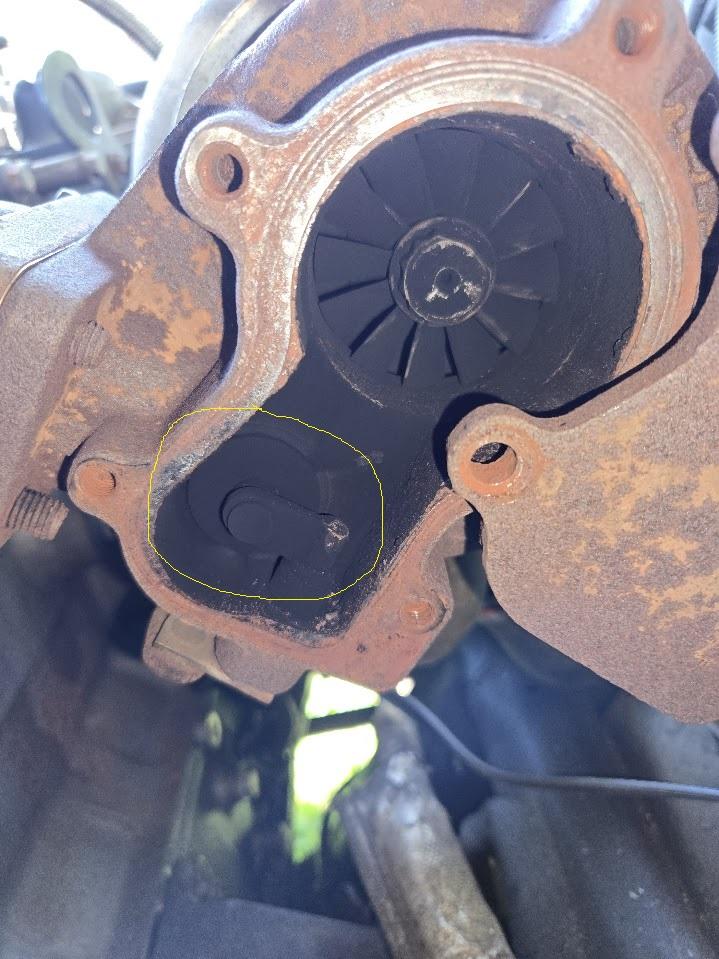
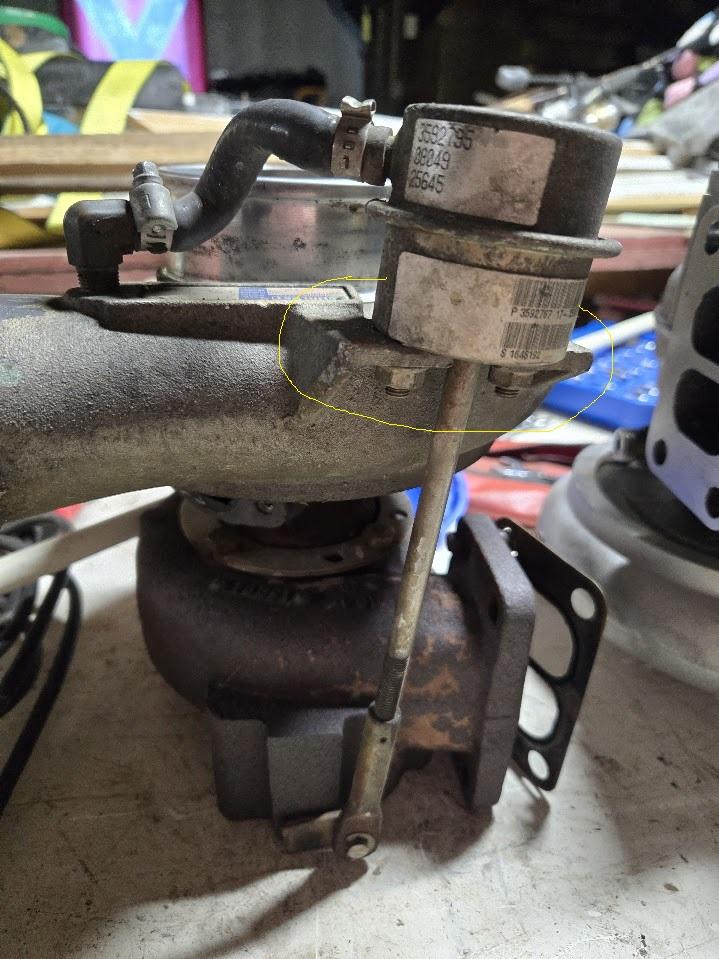
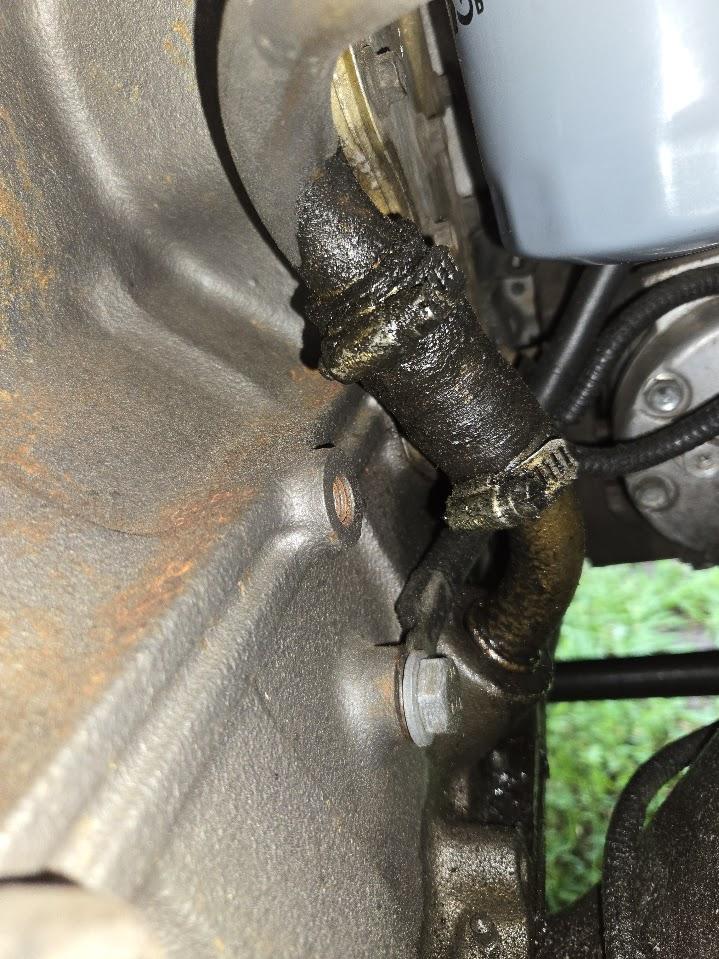
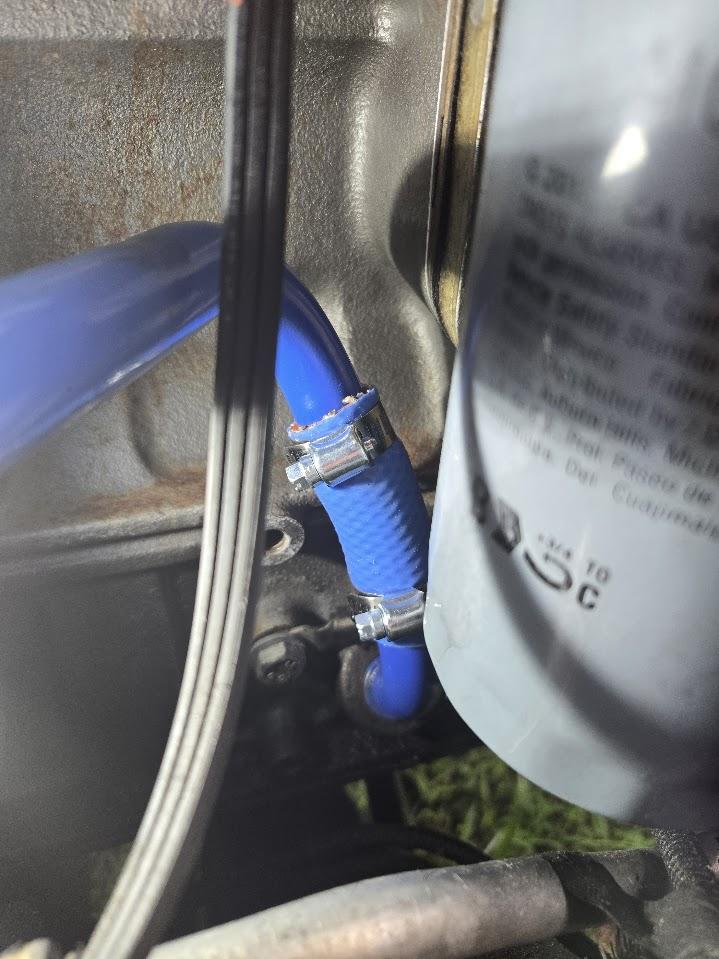
So 17k on a reman long block, initial 1000 miles were broke in with synthetic oil (against manufacture requirements) as soon as I learned I flushed and refilled with DINO oil. That being said, I'm now at 17k and loosing about a quart every 200 miles. I REALLY believe it is my turbo (original to the truck, currently 451k miles. Not blowing smoke but the tailpipe is sooty... no oil "leaks" under the truck.
If the turbo was leaking oil, how would it be indicated?
at $600 to get a reman from Thoroughbred Diesel and I just better replacing the turbo than paying a shop $300 just to find the oil leak?
Is there a better/cheaper place to get a reman turbo?
WHAT is the possibility that 1000 miles on synthetic could have caused issues with the OIL ring on any or all of the pistons during break in?
Thanks guys.